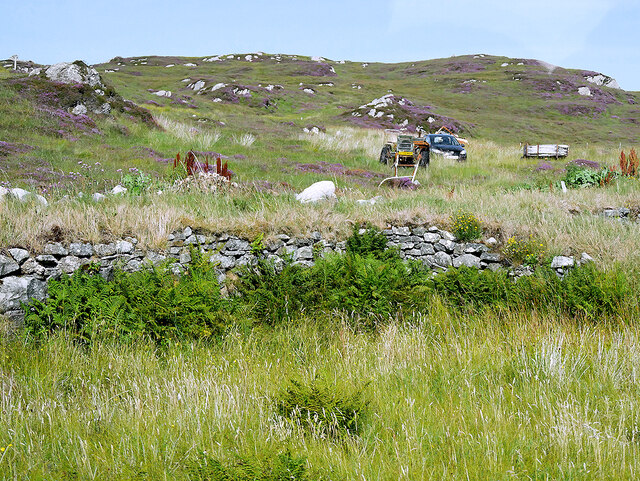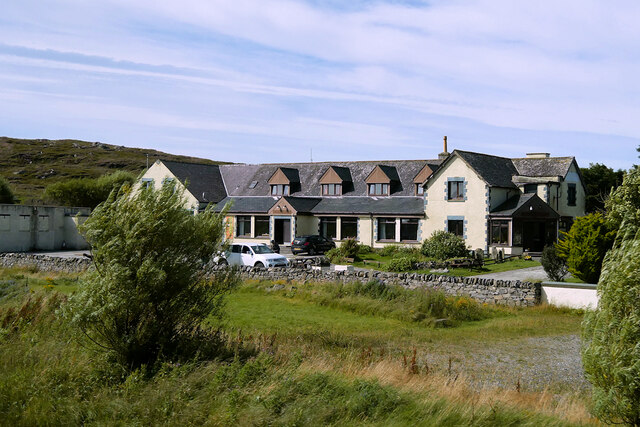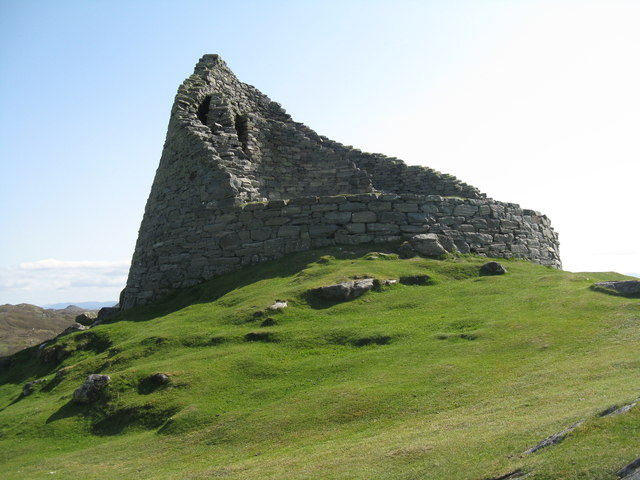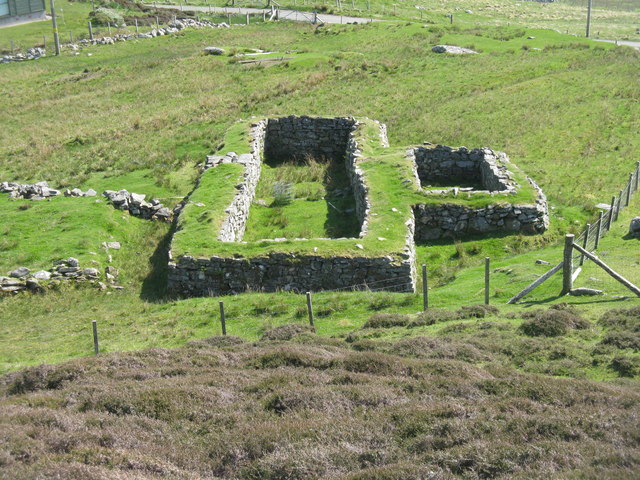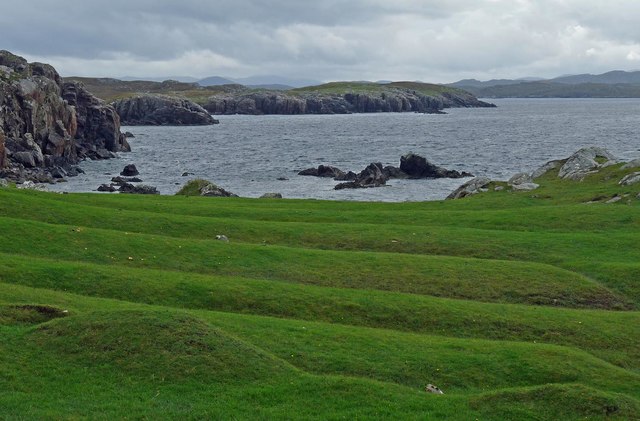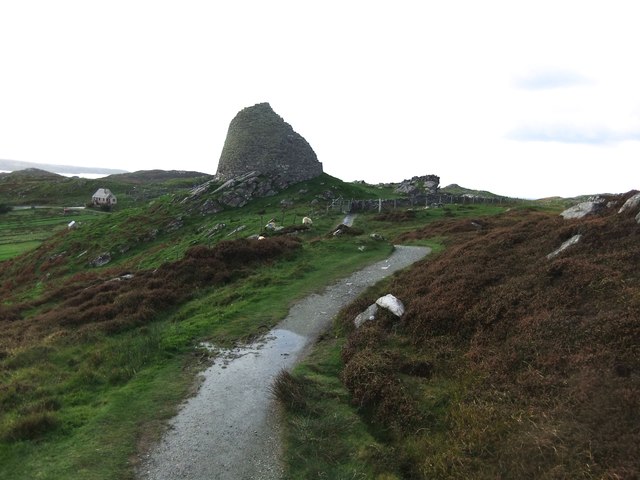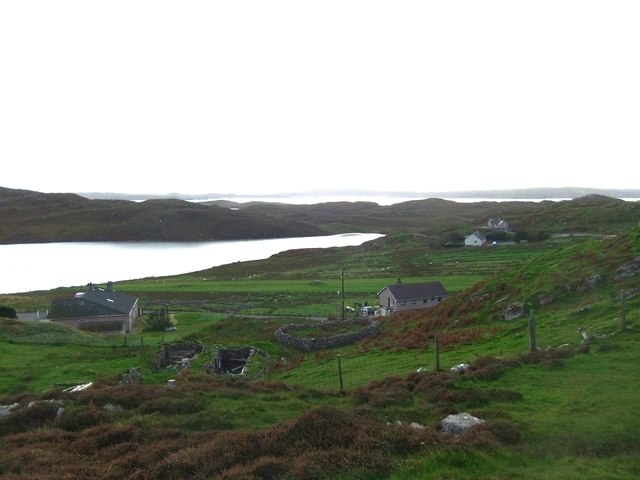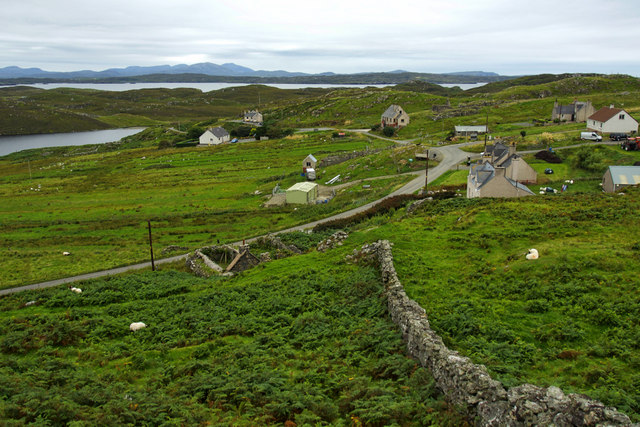Molanish
Coastal Feature, Headland, Point in Ross-shire
Scotland
Molanish
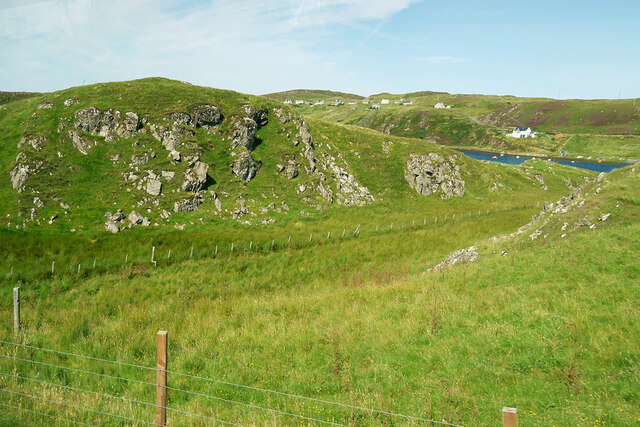
Molanish is a prominent headland located in Ross-shire, Scotland. Situated on the northern coast, it juts out into the North Sea, offering breathtaking views of the surrounding landscape. This coastal feature is known for its rugged cliffs, which rise dramatically from the water, creating an imposing presence.
The headland of Molanish is characterized by its rocky terrain, with a mixture of igneous and sedimentary rocks forming its foundation. These rocks have been shaped by years of erosion caused by the relentless waves crashing against them. As a result, Molanish features several caves and arches that have been carved out by the powerful forces of nature.
The headland is a popular spot for outdoor enthusiasts and nature lovers, attracting hikers and climbers from all over. Its height and challenging topography offer a thrilling experience for those seeking an adrenaline rush. Additionally, the headland provides a natural habitat for a variety of bird species, making it a haven for birdwatchers.
Molanish is also known for its historical significance. The remains of an ancient fort can be found on the headland, dating back to the Iron Age. This fort once served as a defensive structure, offering strategic advantages due to its elevated position and panoramic views of the sea.
In summary, Molanish is a striking headland in Ross-shire, Scotland, offering stunning coastal views, rocky cliffs, and a rich history. Its natural beauty and cultural significance make it a must-visit destination for those exploring the Scottish coastline.
If you have any feedback on the listing, please let us know in the comments section below.
Molanish Images
Images are sourced within 2km of 58.274778/-6.8006656 or Grid Reference NB1841. Thanks to Geograph Open Source API. All images are credited.
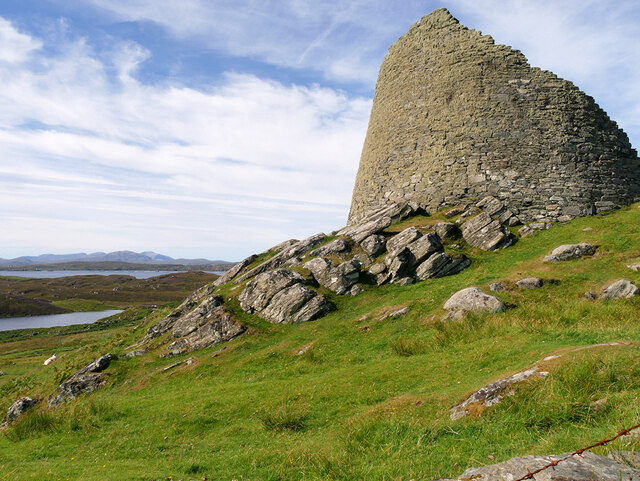
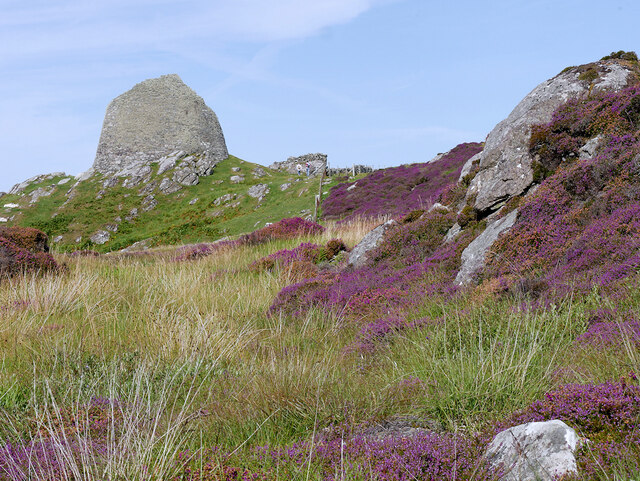
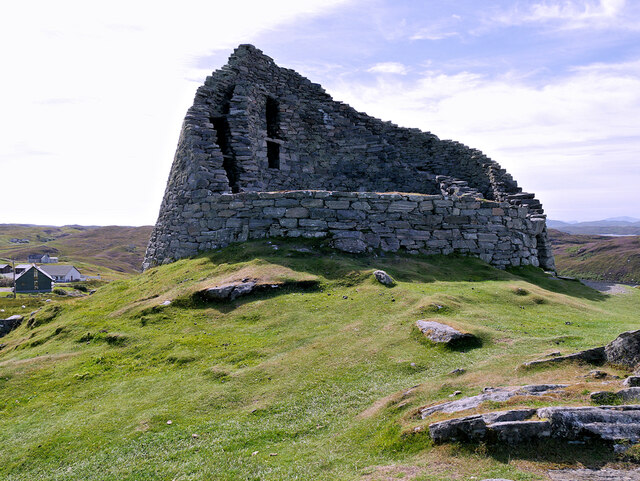
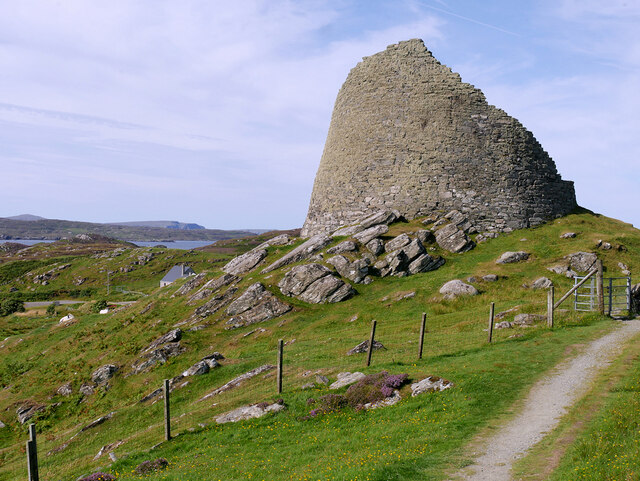
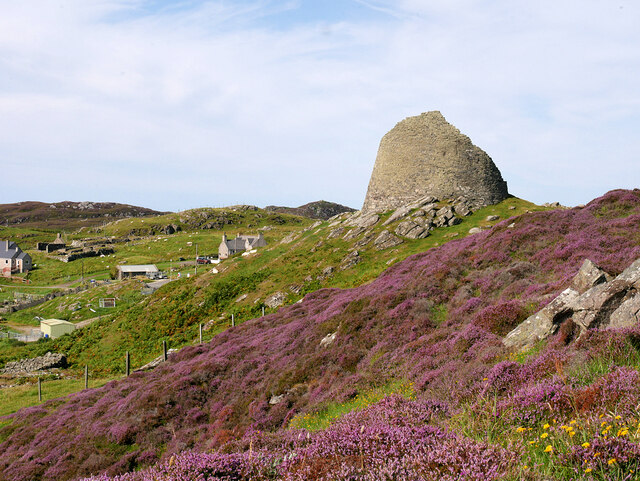
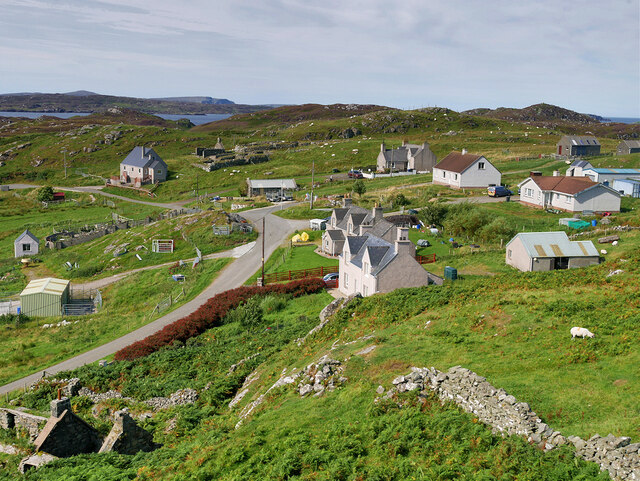
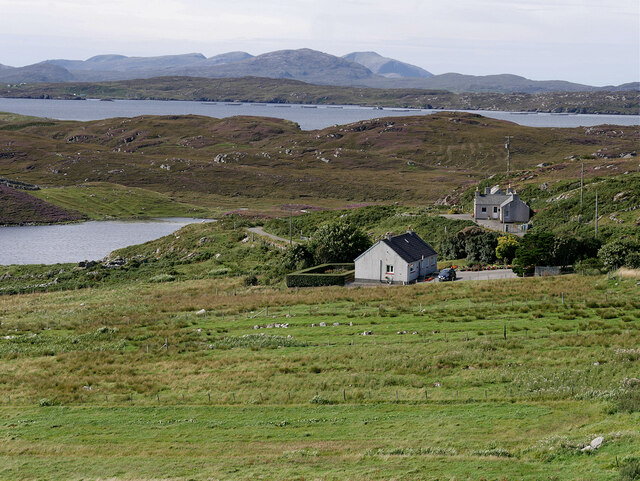
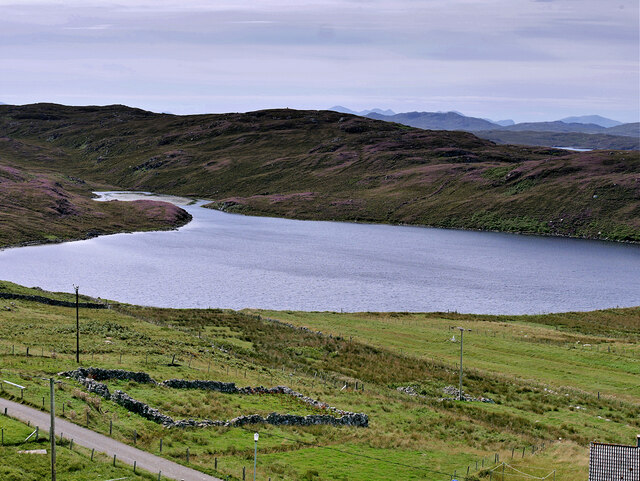
Molanish is located at Grid Ref: NB1841 (Lat: 58.274778, Lng: -6.8006656)
Unitary Authority: Na h-Eileanan an Iar
Police Authority: Highlands and Islands
What 3 Words
///juggles.thousands.crab. Near Carloway, Na h-Eileanan Siar
Nearby Locations
Related Wikis
Dun Carloway
Dun Carloway (Scottish Gaelic: Dùn Chàrlabhaigh) is a broch situated in the district of Carloway, on the west coast of the Isle of Lewis, Scotland (grid...
Borrowston, Lewis
Borrowston (Scottish Gaelic: Borghastan), with a population of about 50, is a crofting township situated on the Isle of Lewis, on the Outer Hebrides of...
Carloway
Carloway (Scottish Gaelic: Càrlabhagh [ˈkʰaːɾɫ̪ə.ɤː]) is a crofting township and a district on the west coast of the Isle of Lewis, in the Outer Hebrides...
Garenin
Garenin (Scottish Gaelic: Na Gearrannan) is a crofting township on the west coast of the Isle of Lewis in the Outer Hebrides of Scotland. Garenin is in...
Nearby Amenities
Located within 500m of 58.274778,-6.8006656Have you been to Molanish?
Leave your review of Molanish below (or comments, questions and feedback).
